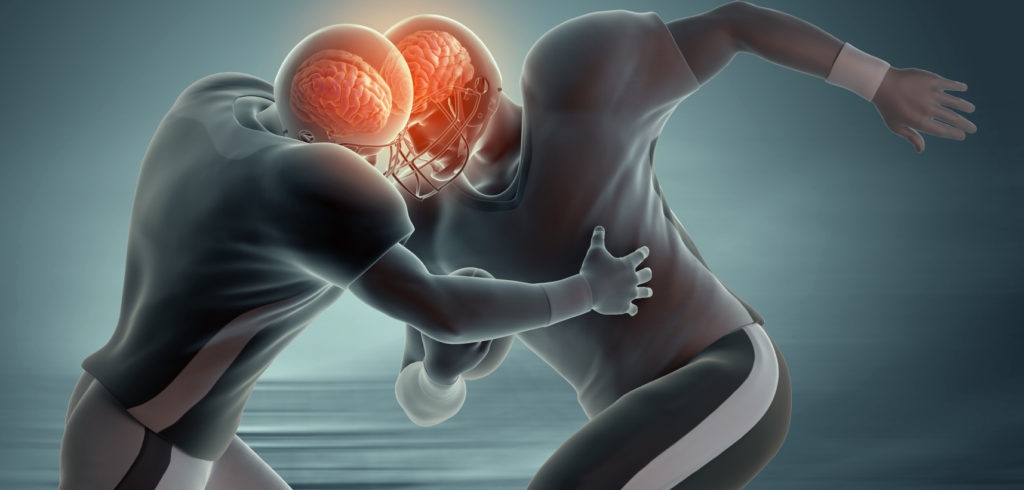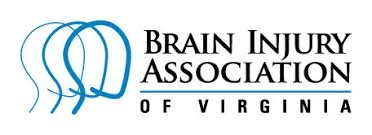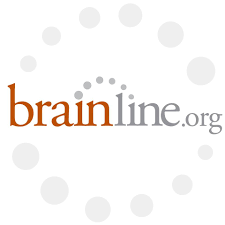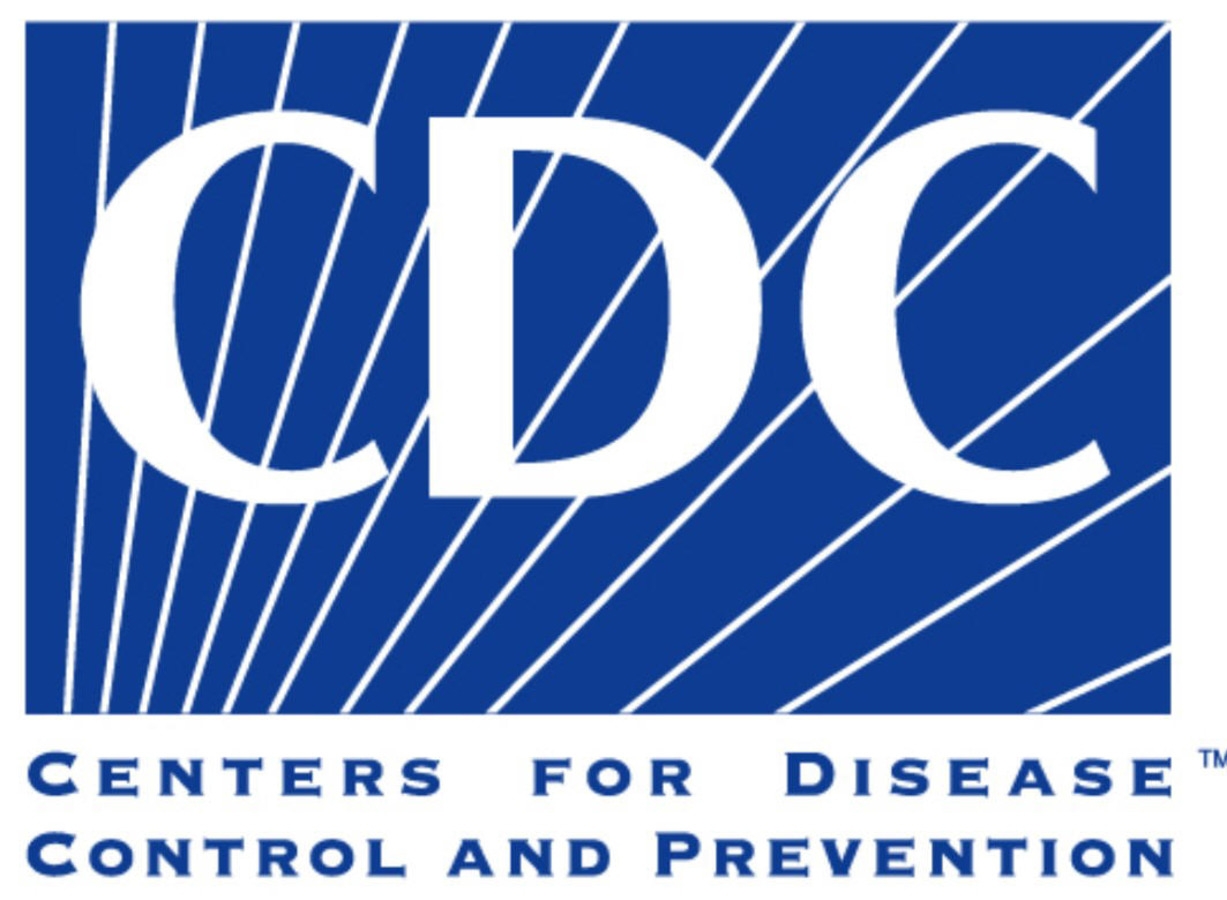Traumatic Brain Injury (TBI)

Traumatic brain injury (TBI) is a form of nondegenerative acquired brain injury resulting from a bump, blow, or jolt to the head (or body) or a penetrating head injury that disrupts normal brain function (Centers for Disease Control and Prevention [CDC], 2015).
TBI can cause brain damage that is focal (e.g., gunshot wound), diffuse (e.g., abusive head trauma, formerly known as “shaken baby syndrome”), or both. Symptoms can vary depending on the site of lesion, extent of damage to the brain, and the child's age or stage of development.
The functional impact of TBI in children can be different than in adults - deficits may not be immediately apparent because the pediatric brain is still developing. TBI in children is a chronic disease process rather than a one-time event, because symptoms may change and unfold over time (DePompei & Tyler, in press; Masel & DeWitt, 2010).
Severity of TBI may be categorized as mild, moderate, or severe, based on the extent and nature of injury, duration of loss of consciousness, posttraumatic amnesia (PTA; loss of memory for events immediately following injury), and severity of confusion at initial assessment during the acute phase of injury (Diagnostic and Statistical Manual of Mental Disorders, 5th ed. [DSM-5; American Psychiatric Association, 2013]; CDC, 2015).
- Mild TBI (mTBI) - loss of consciousness for less than 30 minutes, an initial Glasgow Coma Scale (GCS) or Pediatric GCS of 13-15 after 30 minuts of injury onset, and PTA for not greater than 24 hours (CDC, 2015; McCrory et al, 2013; Ontario Neurotrauma Foundation, 2013).
- Uncomplicated - mTBI where there are no overt neuroimaging findings.
- Complicated - mTBI where there are intracranial abnormalities (e.g., bruising or a collection of blood in the brain) seen on CT scan or MRI.
- Moderate TBI - loss of consciousness and/or PTA for 1-24 hours and a GCS of 9-12 (CDC, 2015).
- Severe TBI - loss of consciousness for more than 24 hours and PTA for more than 7 days with a GCS of 3-8 (CDC, 2015).
Signs and symptoms of TBI vary, depending on the site and extent of injury to the brain, the age at which the injury occurred, premorbid abilities, and functional domains affected (e.g., physical, cognitive, language, sensory). The effects of TBI can be temporary or permanent, and no two children present with the same pattern. (ASHA website: Pediatric Traumatic Brain Injury: Anderson, Godfrey, Rosenfeld,& Catroppa, 2012; Turkstra, Politis & Forsyth, 2015).
Signs and Symptoms Related to Traumatic Brain Injury (ASHA: Pediatric Traumatic Brain Injury)
Physical
- Changes in bowel and bladder function
- Changes in level of consciousness, ranging from brief loss of consciousness to coma
- Dizziness
- Fatigue
- Headaches
- Impaired movement, balance, and/or coordination
- Motor speed and programing deficits (dyspraxia/apraxia)
- Nausea
- Pain
- Reduced muscle strength (paresis/paralysis)
- Seizures
- Vomiting
Sensory-Perceptual
Auditory and Vestibular
Auditory dysfunction from injury to the outer ear, middle ear, inner ear, and/or temporal lobe, resulting in
- central auditory dysfunction;
- difficulty hearing speech in noise;
- dizziness, vertigo, and/or imbalance;
- hypersensitivity to sounds (hyperacusis);
- loss of postural stability/control;
- tinnitus and/or
- transient or permanent hearing loss.
Visual
- Changes in perception of color, shape, size, depth, and distance
- Changes in visual acuity
- Double vision (diplopia)
- Problems with visual convergence and accommodation
- Sensitivity to light
- Visual field deficits/visual neglect
Other Sensory–Perceptual Sequelae
- Gustatory—loss of taste
- Olfactory—inability to recognize smells
- Tactile—sensitivity or defensiveness to touch; changes in perception of pain, pressure, and/or temperature
Cognition
Attention
- Deficits in shifting attention between tasks
- Difficulty with selective attention
- Impaired sustained attention for task completion or conversational engagement
- Reduced attention span
Executive Functioning
- Difficulty with the following:
- decision making
- flexibility
- goal setting
- initiation and self-monitoring
- judgment
- planning and organization
- reasoning and problem solving
- strategy selection
Information Processing
- Increased response latencies
- Reduced processing speed (e.g., of rapid speech and/or complex language), resulting in confusion
Memory and Learning
- Deficits in short-term memory that negatively affect new learning
- Deficits in working memory that negatively affect following directions
- Difficulty retrieving information from memory
- Post-traumatic amnesia (PTA)—anterograde or retrograde
Metacognition
- Lack of insight for monitoring one's strengths, weaknesses, functional abilities, problem situations, and so forth
- Reduced awareness of deficits (anosognosia)
Other Cognitive Deficits
- Deficits in orientation to self, situation, location, and/or time
- Impaired spatial cognition that can affect ability to navigate and ambulate
Language
Pragmatic/Social Communication
- Conversational turns marked by verbosity
- Difficulty initiating conversation and maintaining topic
- Difficulty taking turns in conversation
- Impaired ability to use nonverbal communication effectively (e.g., tone of voice, facial expressions, body language)
- Inability to interpret nonverbal communication of others
- Tendency to be tangential
Spoken Language
- Anomia or word retrieval deficits
- Decreased ability to formulate organized discourse or conversation
- Difficulty following directions
- Difficulty formulating fluent speech
- Difficulty making inferences
- Difficulty understanding abstract language/concepts
- Tendency to perseverate in verbal responses
- Tendency to use tangential speech
- Use of incoherent or confabulatory speech
Written Language
- Difficulty comprehending written text, particularly with respect to complex syntax and figurative language
- Difficulty planning, organizing, writing, and editing written products
Speech
- Apraxia of speech (motor programming)
- Aprosodia/dysposodia, marked by deficits in intonation, pitch, stress, and rate
- Dysarthria characterized by articulatory imprecision and/or vowel distortions
- Hypernasality secondary to paresis or paralysis of velopharyngeal muscles involved in speech
Voice
- Aphonia/dysphonia resulting from intubation, tracheostomy, or use of mechanical ventilator
- Laryngeal hyper/hypofunction marked by abnormal pitch; poor control of vocal intensity; or changes in vocal quality (e.g., hoarseness, strained–strangled voice, glottal fry)
- Neurogenic phonatory abnormalities resulting from injury to sensory or motor innervations to the vocal folds
- Psychogenic phonatory abnormalities (e.g., related to post-traumatic stress disorder)
Feeding and Swallowing
- Oral and/or pharyngeal dysphagia
- Risk of aspiration related to impact of cognitive impairment (e.g., poor memory, reduced insight, limited attention, impulsivity, and agitation) while eating
Behavioral and Emotional
- Agitation, aggression, and/or combativeness
- Anxiety
- Apathy and/or lack of motivation
- Changes in affect—overemotional, over reactive, emotionless (flat affect)
- Changes in sleep patterns (e.g., insomnia or hypersomnia)
- Depression
- Difficulty identifying emotions of self and others (alexithymia)
- Disinhibition and poor self-regulation
- Emotional lability
- Excessive drowsiness
- Feeling of disorientation or "fogginess"
- Heightened sensory sensitivity with exaggerated reactions to perceived threats (hypervigilance)
- Impulsivity
- Irritability
- Mood changes or mood swings
- Reduced frustration tolerance
To diagnose TBI, health care providers may use one or more tests that assess a person's physical injuries, brain and nerve functioning, and level of consciousness.
- Glasgow Coma Scale (GCS)
- Measurements for Level of TBI
- Speech and Language Tests
- Cognition and Neuropsychological Tests
- Imaging Tests
Glasgow Coma Scale (GCS)
The GCS measures a person's functioning in three areas:
- Ability to speak, such as whether the person speaks normally, speaks in a way that does not make sense, or does not speak at all
- Ability to open eyes, including whether the person opens his or her eyes only when asked
- Ability to move, ranging from moving one's arms easily to not moving even in response to painful stimulation
A health care provider rates a person's responses in these categories and calculates a total score. A score of 13 and higher indicates a mild TBI, 9 through 12 indicates a moderate TBI, and 8 or below indicates severe TBI. However, there may be no correlation between initial GCS score and the person's short- or long-term recovery or abilities.
Measurements for Level of TBI
Health care providers sometimes rank the person's level of consciousness, memory loss, and GCS score.
A TBI is considered mild if:
- The person was not unconscious or was unconscious for less than 30 minutes.
- Memory loss lasted less than 24 hours.
- The GCS was 13 to15.
NICHD-supported research has found, however, that diagnosis of mild TBI (concussion), in practice, uses inconsistent criteria and relies heavily on patients' self-reported symptoms.
A TBI is considered moderate if:
- The person was unconscious for more than 30 minutes and up to 24 hours.
- Memory loss lasted anywhere from 24 hours to 7 days.
- The GCS was 9 to 12.
A TBI is considered severe if:
- The person was unconscious for more than 24 hours.
- Memory loss lasted more than 7 days.
- The GCS was 8 or lower.
Speech and Language Tests
A speech-language pathologist completes a formal evaluation of speech and language skills, including an oral motor evaluation of the strength and coordination of the muscles that control speech, understanding and use of grammar and vocabulary, as well as reading and writing.
Social communication skills are evaluated with formal tests and role-playing scenarios.
- If a patient has problems with swallowing, the speech-language pathologist will make recommendations regarding management and treatment to ensure that the individual is able to swallow safely and receive adequate nutrition.
Imaging Tests
Health care providers may also use tests that take images of a person's brain. These include, but are not limited to:
- Computerized tomography (CT). A CT (or "cat") scan takes X-rays from many angles to create a complete picture. It can quickly show bleeding in the brain, bruised brain tissue, and other damage.
- Magnetic resonance imaging (MRI). MRI uses magnets and radio waves to produce more detailed images than CT scans. An MRI likely would not be used as part of an initial TBI assessment because it takes too long to complete. It may be used in follow-up examinations, though.
- Intracranial pressure (ICP) monitoring. Sometimes, swelling of the brain from a TBI can increase pressure inside the skull. The pressure can cause additional damage to the brain. A health care provider may insert a probe through the skull to monitor this swelling. In some cases, a shunt or drain is placed into the skull to relieve ICP.
Cognition and Neurological Tests
Cognition describes the processes of thinking, reasoning, problem solving, information processing, and memory. Most patients with severe TBI suffer from cognitive disabilities, including the loss of many higher level mental skills. Neuropsychological assessments are often used to obtain information about cognitive capabilities.
- These tests are specialized task-oriented evaluations of human brain-behavior relationships, evaluating higher cognitive functioning as well as basic sensory-motor processes.
- Testing by a neuropsychologist can assess the individual's cognitive, language, behavioral, motor, and executive functions and provide information regarding the need for rehabilitative services.
- For this assessment, a neuropsychologist reviews the case history and hospital records of the patient, and interviews the patient and his/her family.
- The neuropsychologist acquires information about the "person" the individual was before the injury, based on aspects like school performance, habits, and lifestyle, in order to detail which abilities remain unchanged as well as areas of the brain that are adversely affected by the injury and how the injury is expected to impact the individual's life.
Whether a student with a traumatic brain injury is in elementary school or in college, transitioning back to school post-injury can be difficult on many levels.
Sometimes a student's traumatic brain injury goes undiagnosed or is misdiagnosed as a learning disability or behavioral problem. Problems from a brain injury can be similar to those related to a learning disability, so getting an accurate diagnosis can make all the difference. A correct diagnosis can lead to a more tailored and successful treatment plan.
| Cognitive Rehabilitation | Communication | Compensation |
|---|---|---|
| CT Speech and Cognitive Therapy | Naming Therapy |
Evernote |
| Lumosity | Bla/Bla/Bla | Cozi Family Organizer |
| Best Suite |
Voice4u | Can Plan |
| Flashcards Delux |
Proloquo2Go | Week Calendar |
| Elevate | Proloquo4Text | iStudiez |
| Brainturk | Conversation Therapy | Appigo ToDo |
| Brain Injury Strategies |
Grid Player | Alarmed |
| Constant Therapy |
QuickTalk AAC | Notability |
| Peak | JABtalk |
Corkulous Pro |









